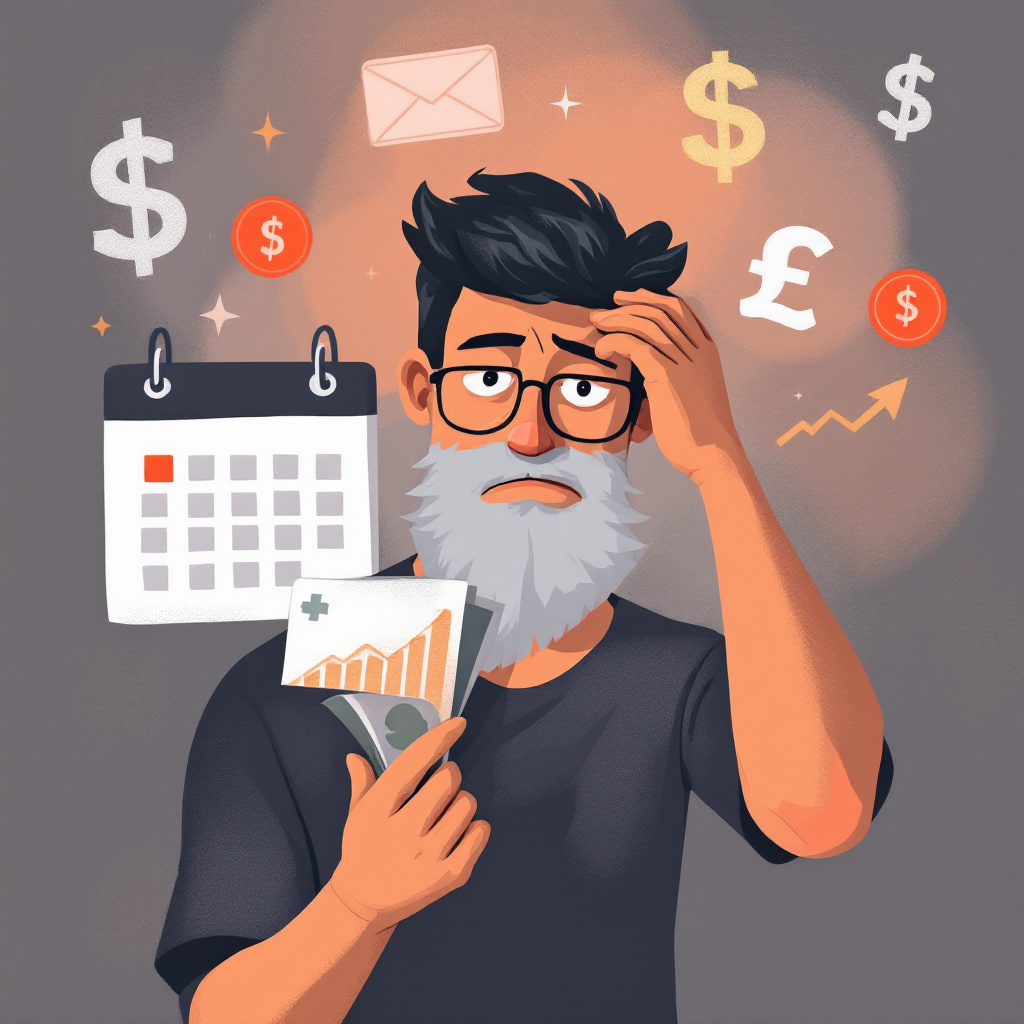Understanding Payday Loans: Navigating the World of Quick Cash
In the fast-paced world of finance, sometimes, you find yourself caught in a financial pinch that needs immediate attention. Enter the payday loan—your quick-fix, short-term financial hero or the villain of your wallet, depending on whom you ask. Let’s dive deep into understanding payday loans, exploring their intricacies, the people who typically use them, and the consequences they might carry. If you’re considering this route to bridge a cash crunch, buckle up, because this journey will take you through all the twists and turns.
What Exactly Are Payday Loans?
At their core, payday loans are like financial band-aids, designed to cover unexpected expenses until your next paycheck—their very name hinting at this purpose. They’re often small-dollar loans, typically ranging from $100 to $500, and they come with the promise of a speedy application process. For those facing an emergency or a cash flow snafu, the allure of quick cash can be quite tempting. But hey, hold your horses—a deeper look might reveal more beneath the surface sheen.

How Payday Loans Work
Payday loans are as straightforward as they come, yet they pack a wallop with their high-interest rates. Here’s a step-by-step glance at how they operate:
- Application: You walk into a payday lender’s office or visit an online portal, fill out an application, and present proof of income.
- Approval: Upon approval, and assuming all the paperwork checks out, you’ll get a loan agreement outlining fees and repayment terms.
- Cash in Hand: Once you sign the dotted line, you’ll receive your cash—either in hand or via direct deposit—ready to tackle whatever financial hurdle awaits.
- Repayment: When the loan comes due (usually on your next payday), you’ll need to repay the full amount, plus those steep fees and interest.
And there you have it—a swift, albeit expensive, solution to a cash conundrum.
Who Typically Uses Payday Loans?
Payday loans cater to those who are often underserved by traditional banking institutions. Here are some common scenarios and profiles:
- Younger Adults: Many young adults, perhaps still finding their financial footing, might turn to payday loans for a quick cash fix.
- Individuals with Limited Credit: Lack of credit history or poor credit scores often leaves traditional loan avenues barred, making payday lenders a more accessible, albeit riskier, option.
- Low-Income Households: Living paycheck to paycheck, these households might require immediate cash for emergencies like car repairs or medical bills.
Advantages of Payday Loans
While payday loans aren’t the perfect solution, they come with a few silver linings:
- Speedy Approval: Time is of the essence when you’re in a financial jam, and payday loans offer instant relief.
- No Credit Check: Even those with less-than-perfect credit histories can access these loans, making them widely accessible.
- Simplicity: The application process is pared down compared to traditional loans, making them easy to navigate.
The Downsides: Why Tread Carefully?
Here comes the kicker—the potential pitfalls of payday loans need attention:
- Sky-High Interest Rates: These loans are notorious for their exorbitant interest rates. It’s like borrowing money with a hidden catch that can grow exponentially.
- Debt Trap: The short repayment window can lead to a cycle of borrowing, creating a never-ending debt spiral.
- Regulatory Concerns: Regulations vary widely across states, leading to inconsistencies in borrower protection and sometimes, predatory practices.
Regulations and Legal Considerations
Wondering how this game is played across different fields? Well, payday lending is regulated differently depending on geographic location—picture a patchwork of rules and laws.
State-Specific Regulations
In the U.S., states wield their power to regulate payday lending, resulting in a kaleidoscope of laws. Here’s an overview:
- Some states have outlawed payday loans entirely, seeing them as harmful or predatory.
- Others impose caps on interest rates or loan amounts to safeguard consumers.
- There are states where payday loans are quite leniently managed, with minimal oversight.
Federal Guidelines
The Consumer Financial Protection Bureau (CFPB) plays a role in overseeing payday lenders, aiming to protect consumers from unfair or abusive practices. However, the rules can shift over time as administrations change, leading to periods of stricter or more relaxed enforcement.
The Financial Implications of Payday Loans
Diving into the world of payday loans requires more than a surface understanding. So, let’s crunch some numbers:
- Annual Percentage Rate (APR): The APR on payday loans can soar above 400%, dwarfing typical credit card interest rates.
- Total Repayment: Borrowing $300 could result in a repayment of $345 just two weeks later, demonstrating the costliness of this lending route.
- Rollover Fees: If you’re unable to repay on time, rolling over the loan means more fees, further escalating your debt.
Alternatives to Consider
If payday loans seem like a slippery slope, there are other options available:
- Personal Loans: A lower-cost option from a bank or credit union could be a viable alternative.
- Credit Card Advances: These come with their interest rates, yet typically less costly than a payday loan.
- Budgeting Assistance: Sometimes, a financial advisor can help reorganize your finances to weather a short-term shortfall without borrowing.
Key Takeaways for Would-Be Borrowers
Understanding payday loans could save you from financial turmoil. They’re not inherently evil, but they require cautious handling. Before you leap:
- Weigh the urgency of your financial need against the long-term cost.
- Crunch numbers to ensure you can meet the repayment terms.
- Look into your state’s laws to see how payday lenders are regulated.
In life, sometimes you need a quick solution, but it’s crucial these decisions aren’t made in haste. Keep this info at your fingertips as you navigate your financial journey, steering clear of potential pitfalls and making educated choices that serve your future well.
FAQs about Payday Loans
How does a payday loan work in simple terms?
A payday loan works pretty much like, well, clockwork! You borrow a small amount of money and agree to repay it on your next payday—or when you expect another source of income. Typically, the due date is just a few weeks down the line. This straightforward yet costly solution offers a quick cash infusion, but make sure to read the payday loan agreement to know exactly when and how you’re supposed to pay it back.
What is the major downside of a payday loan?
The most glaring downside of a payday loan is its astronomical cost. With an average APR of around 398%, it’s like high-flying financial quicksand. Borrowers may find themselves unable to repay the loan within the short time frame, leading to rolling over the loan and racking up additional fees. This cycle can create a debt spiral that’s hard to break free from.
How are payday loans paid back?
Paying back a payday loan typically involves a post-dated check or an agreement to automatically deduct funds from your account on your next payday. So, for instance, if you borrow $300, you might write a check for $345 (including a hefty $45 fee). When the repayment date arrives, the lender either cashes your check or debits your account for the amount owed. It’s crucial to ensure funds are available to avoid further financial woes.

